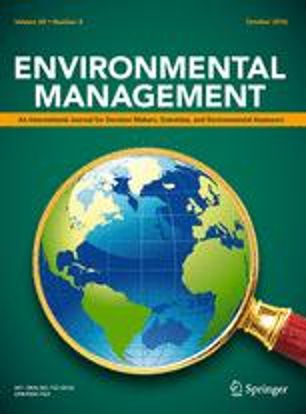The International Union for Conservation of Nature (IUCN) Red List is a central tool for extinction risk monitoring and influences global biodiversity policy and action. But, to be effective, it is crucial that it consistently accounts for each driver of extinction. Climate change is rapidly becoming a key extinction driver, but consideration of climate change information remains challenging for the IUCN. Several methods can be used to predict species’ future decline, but they often fail to provide estimates of the symptoms of endangerment used by IUCN. We devised a standardized method to measure climate change impact in terms of change in habitat quality to inform criterion A3 on future population reduction. Using terrestrial nonvolant tetrapods as a case study, we measured this impact as the difference between the current and the future species climatic niche, defined based on current and future bioclimatic variables under alternative model algorithms, dispersal scenarios, emission scenarios, and climate models. Our models identified 171 species (13% out of those analyzed) for which their current red-list category could worsen under criterion A3 if they cannot disperse beyond their current range in the future. Categories for 14 species (1.5%) could worsen if maximum dispersal is possible. Although ours is a simulation exercise and not a formal red-list assessment, our results suggest that considering climate change impacts may reduce misclassification and strengthen consistency and comprehensiveness of IUCN Red List assessments.
DOI:
https://doi.org/10.1111/cobi.14227
Skor altmetrik:
Jumlah Kutipan Dimensi:

Tahun publikasi
2024
Penulis
Mancini, G.; Santini, L.; Cazalis, V.; Akçakaya, H.R.; Lucas, P.M.; Brooks, T.M.; Foden, W.; Di Marco, M.
Bahasa
English
Kata kunci
biodiversity conservation, policy analysis, climate change, extinction, species distribution, models, threatened species


















